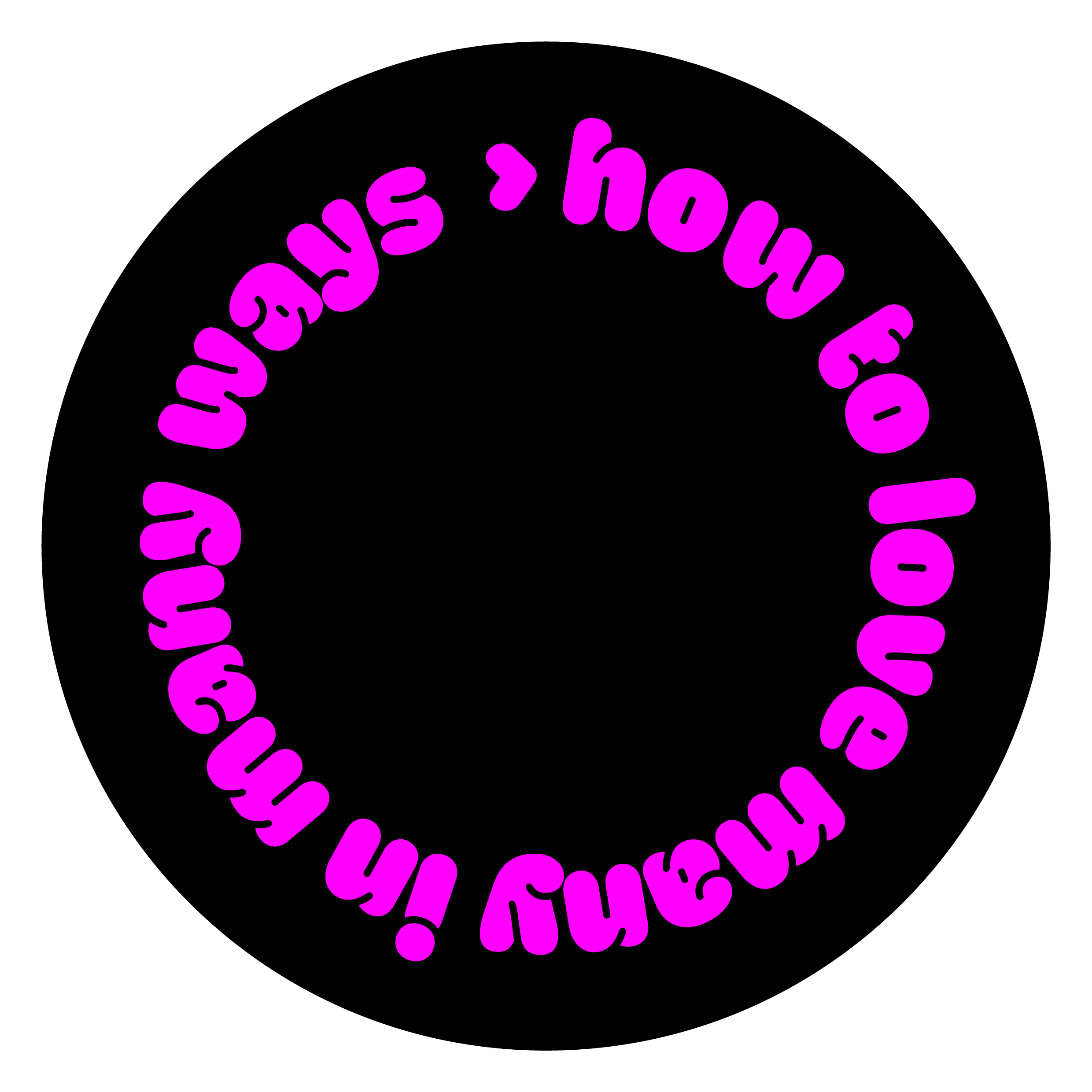We often think of love as embedded in a set of relationships and made possible through actions made by individuals. But can we devise imaginative ways of thinking about love differently? Is it possible to separate our contemporary relationship to the world, mediated through complex technologies, from how we engage in practices of care and love? And if our perceptions of ourselves are always shaped by how we relate to our bodies, can we collectively develop new choreographies and somatic practices to re-examine those perceptions and how we relate to ourselves and others?
In this edition, How to Love Many in Many Ways, ten artists from all over the globe offer a wide range of games and exercises that attempt to expand notions of intimacy, empathy, selflessness, presence, and modes of communication that we take for granted in our everyday experiences. The artists respond in different ways to the contingencies that shape our reality: the radical technologies redefining love and intimacy (social media algorithms, communication platforms, etc), as in “Shivering Throats, Breaking Walls”; breakthroughs in understanding non-human cognition and emotion, as in “Take That Loving Grace”; capitalist infiltration in our choices of partner and potential intimacy, as in “The Things You Do For Love”; and even ideals of maternal love and care, as in “Bad Mother.”
Through game proposals and exercises, the artists invite audiences from all ages and backgrounds to engage in diverse practices: of intimacy and reflection, as in “Total Body (RADIANCE)” and “Embodied Encounters”; of playful make-belief, as in “How to Love Many in Many Ways”; and of collective questioning in “Rehearsing Horizontalities” and “Falling in Love with the World.” The proposals bring to our minds and bodies various complexities of relatedness and care that easily slip our attention as we go on with our daily lives, desensitized, failing to realize what is rendered mundane by habit. By offering a sense of play and a suspension from the scenography and rhythm of the everyday, they offer the potential for participants to wonder, and maybe even to think and feel a little bit differently.
Through these ideas we can conceive of love as a relationship to something or someone that involves a particular orientation, an intentional turn towards the world around us, suffused with care. Love implies a particular concern for the other. At a time when we as humans pose a real threat to the world because many are not concerned and don’t care, intentionally exercising intimacy and reflection become especially important, if not necessary.
—Ismail Fayed, Editor of How to Love Many in Many Ways, 2022.
Ismail Fayed
is a writer, critic and educator based in Cairo. He has worked with regional and international art spaces and organizations since 2007. His writings cover a wide range of contemporary artistic practices including visual art, filmmaking and contemporary literature.
︎ ︎

